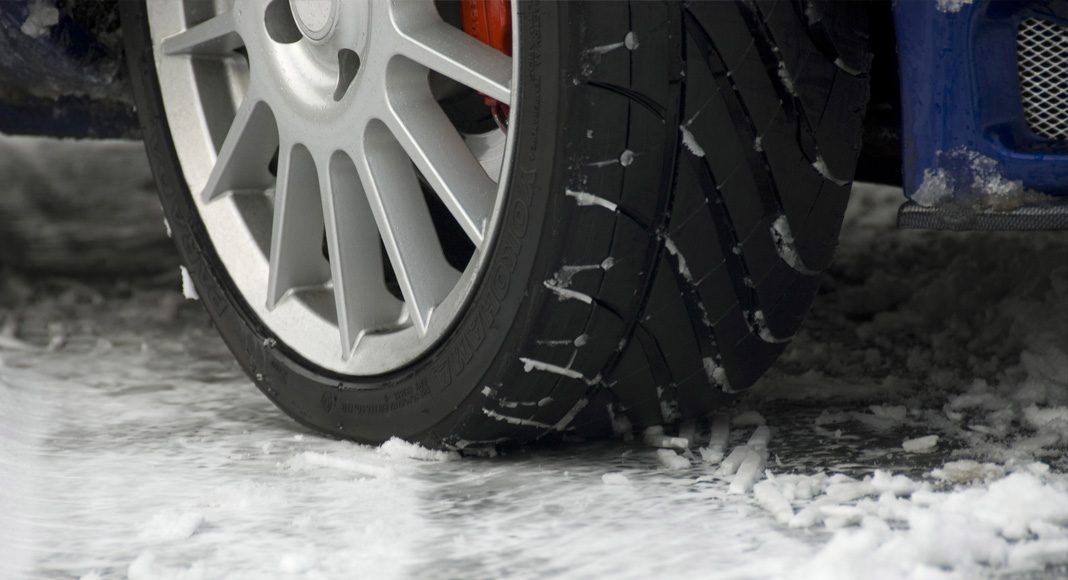In the Northern Hemisphere, the end of Daylight Savings Time marks the beginning of the winter season.
With darker evenings and colder temperatures, driving conditions can change for the worse. In preparation for the upcoming winter months, now is the time for all drivers to check that their vehicles are winter-ready and prepare for safe winter travel.
1. Mobility and journey management
- First, ask yourself if there is an alternative to road travel. If you must travel, make sure your journey is well planned
- Check that your planned route is clear
- Allow extra travel time
- Ensure others are aware of your journey and your expected time of arrival
- Check local and national weather updates on television, radio or online
2. Vehicle maintenance
- Keep your vehicle well maintained/serviced and check you have a good battery. Your battery must work much harder in the winter (working lights and wipers, for example) and can fail completely with hardly any warning
- Tires must have good tread depth and be inflated correctly (including the spare)
- Check cooling system contains antifreeze at the correct strength
- Check windscreen wipers and washers are working properly – in cold temperatures use high strength screen-wash
- Lights must be clean and working
3. Be prepared if you must set out
- Check to see if you have a full tank of fuel
- Let someone know your destination and your expected time of arrival
- Take a mobile phone if you have one, but remember you could break down in a ‘dead area’, so take warm high visibility clothing, hot drinks, food, boots, a torch and shovel as well – it could be a long walk to a phone
- Ensure vehicle windows, mirrors and lights are clear from mist, frost and snow. Snow and ice reduce what you can see, and can be dangerous to other road users as it falls off your vehicle
4. Plan your route
- Use main roads as much as you can
- Allow extra time for your journey
- Avoid the rush hour to help reduce congestion
5. Drive with caution
- Drive according to the conditions
- Reduce speed in poor visibility, where there is snow, or if ice may have formed
- Use the highest gear possible to help keep control of the vehicle and avoid harsh braking and acceleration
- Maintain larger safer stopping distances – three seconds between vehicles is for good conditions! A wet road surface means you’ll take twice as long to stop, so you need to be at least six seconds behind the vehicle in front
- Use dipped headlights in poor visibility and snow, so others can see you!
- Use rear fog lights in poor visibility but remember to switch them off when conditions improve
- Watch out for other road users, including motorbikes, pushbikes, pedestrians and children, who may also be having difficulties in bad conditions
6. Know how to handle a breakdown
- If you get into trouble, stay with your vehicle if possible, until help arrives
- If you do have to leave your vehicle, make yourself visible to others
- If you must abandon your vehicle, give local police the details and park safely to avoid obstruction to maintenance vehicles such as snow ploughs when they are trying to treat the roads
7. Prepare for all conditions
Fog is a danger in autumn and winter, and is a major cause of collisions.
- Slow down, keep your distance, and turn your lights on in fog
- Drive very slowly using dipped headlights. Use fog lights if visibility is seriously reduced, but remember to switch them off when visibility improves
- Don’t hang on the tail lights of the vehicle in front – this gives you a false sense of security and means you may be driving too close
- Don’t speed up suddenly – even if it seems to be clearing, you can suddenly find yourself back in thick fog
Ice, snow and slush drastically reduce the ability of your tires to grip the road, which means that slowing down, speeding up, or changing direction all become hazardous. The trick to driving in these conditions is to be as smooth as possible.
- Drive slowly, allowing extra room to slow down and stop
- It can take ten times longer to stop in icy conditions than on a dry road
- Use the highest gear possible to avoid wheel spin, maneuver gently, and avoid harsh braking and acceleration
- To brake on ice and snow without locking your wheels, get into a low gear earlier than normal, allow your speed to fall, and use the brake pedal gently
- If you skid, ease off the accelerator but avoid braking suddenly
Floods. Avoid floodwater completely if you can. If you have no alternative but to enter floodwater:
- Drive slowly in first gear, but keep the engine speed high by slipping the clutch to stop your vehicle from stalling
- Drive through the water one vehicle at a time
- Avoid the deepest water, which is generally near the curb. Don’t attempt to cross if the water seems too deep
- Test your brakes a few times after you are through the flood before you drive at normal speed
REMEMBER:
- Give cyclists and motorcyclists extra room in bad weather
- Dazzle from low winter sun can be dangerous. Carry a pair of sunglasses in the car
- It takes twice as long to stop on a wet road as it does on a dry one, and up to ten times longer in icy conditions
Download eDriving’s Best Practice Guide: Bad Weather for more tips on safe driving in bad weather.



















